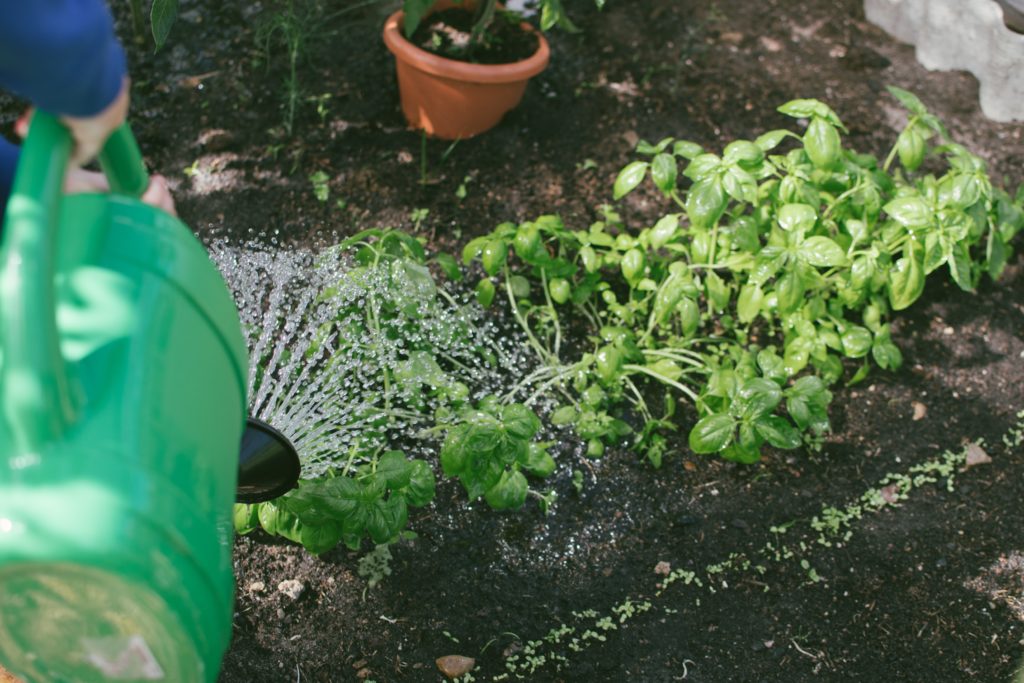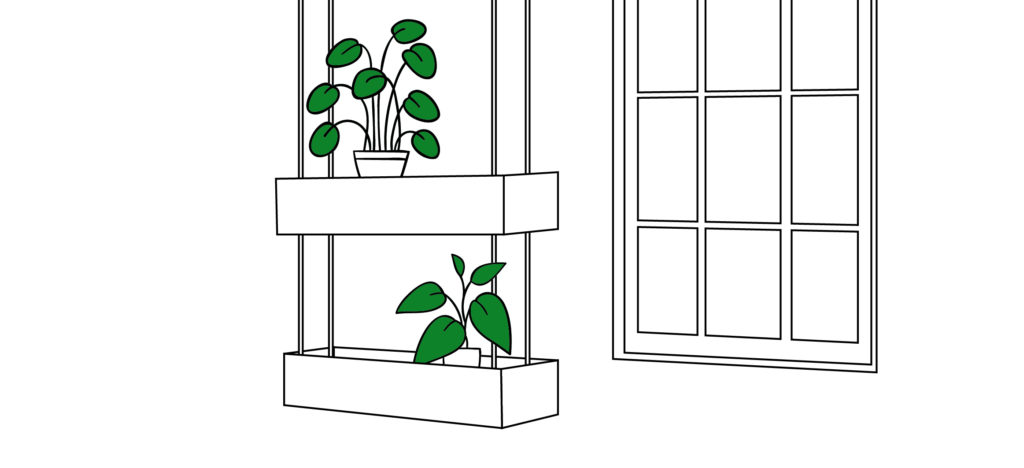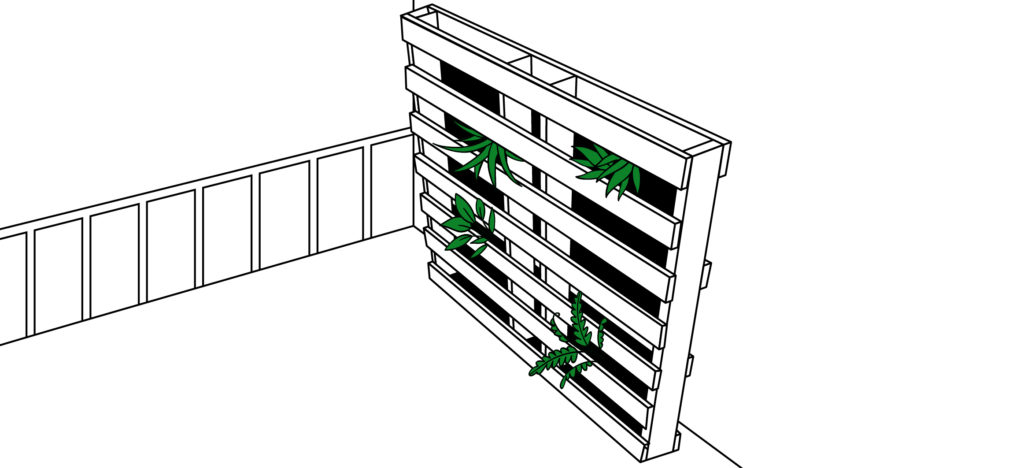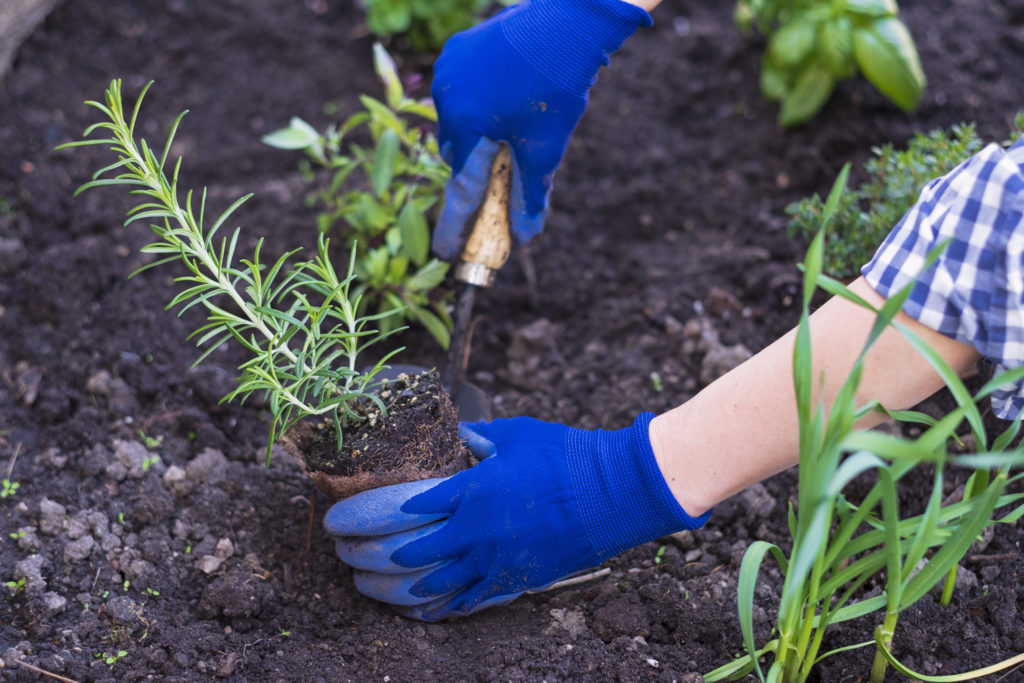How to Grow the Perfect DIY Herb Garden
There is no better feeling for an avid home chef than reaching that point in the recipe that calls for fresh herbs and walking outside to clip some straight from a blooming garden.
DIY herb gardens are easy to start and relatively straightforward to maintain. With a little care and attention, they can provide your kitchen with fresh herbs all year long. If you have never tended an herb garden — or, if you want to graduate from a few herb pots on the windowsill to a full-fledged chef’s garden — here is a simple plan for getting started.
What Herbs to Plant
The first step in planning your herb garden is determining what herbs you want to grow. The varietals you choose will require different amounts of sun, water, and care. Begin by thinking about the herbs you most commonly use. These are a few kitchen staples that grow well in Texas:
- Basil
- Chives
- Dill
- Mint
- Parsley
- Rosemary
- Sage
- Thyme
You may also choose a few less-common herbs, like borage, anise, or sweet marjoram. Sometimes having rare ingredients in stock can help inspire new recipe ideas or approaches to your everyday meal plans.

Different Ways to Plant Herbs
Herbs can be grown basically anywhere you have spare space, so don’t be afraid to get creative.
- In a flower patch: You can easily mix and match pretty blooms with edible plants.
- In the beds along the side of your house: This is a fun alternative to flower beds or landscaping. Use this space to give your home a green — and functional — touch.
- In a vegetable garden: Make sure you place perennials along the edges of the garden patch, so they won’t interfere with the preparation of the garden bed each season.
- In a standalone herb garden: A 6- to 10-square-foot garden bed should produce more herbs than you’ll know what to do with.
Imagining Your Herb Garden
When envisioning your herb garden, don’t limit yourself to a patch of dirt in the backyard. No more ground space? No worries! Here are a few creative ideas for your herb garden.

Hanging garden: Tap into your inner Babylonian and start your own hanging garden. With a few wooden boxes equipped with hooks fastened to the side of a deck or exterior wall, you can hang your herb garden from any free space along your house.

Bookshelf garden: Using an old bookshelf, or constructing stacked shelves from wood, you can create an herb garden tower with a small footprint that can be placed anywhere your yard gets great sun. Plant the herbs in pots and small planters, and you can move them on and off the shelves as needed.

Recycled pallet garden: Recycled wooden pallets make great DIY herb planters. Start your herbs in tiny pots and place them in a pallet leaned against the house. Or fill the gaps in the rows of wood with potting soil and plant your herbs directly into the pallet. Not only is the pallet relatively cheap and mobile, but with a little paint, you can decorate and label your garden however your creative heart desires.

Establishing Your Herb Garden
When building your herb garden, start with the soil. Determining your location and how much sun and shade you need are also important.
Sun or shade: Many herbs enjoy full sun, although some varietals require shade. Some do well if you start them in partial shade and then transfer them to full sun after the plants are well established. Choosing your herb garden location will likely be a function of what kinds of herbs you are looking to plant.
The right soil: Consult your local gardening expert to see what kinds of soil your region of Texas has and what additives can best balance its acidity to support a healthy garden. Fertilize with compost, and avoid high-nitrogen fertilizers.
Plant or transplant: Some herbs do best when started as transplants, while others will establish themselves when grown from seed. You can collect seeds from the plants for annuals that you will need to replant each season.
Harvesting Your Herbs
Herbs are delicate, tender plants that require love and attention to maintain their health. This means making sure you don’t damage the plant when harvesting your fresh herbs.
Harvesting leaves: For many herbs, including parsley, chives, peppermint, and rosemary, you can simply clip as needed and the plant will become stronger as it grows, providing a near-endless supply. Different plants have different rules, though, so make sure you are prolonging your plant’s life when you harvest. Basil, for example, should be cut 4 to 6 inches from the ground as it begins to flower.
Harvesting seeds: Don’t forget to harvest seeds, too. You can use them as seasoning and for future planting. Simply harvest the entire seed head, and allow it to dry in a cool, dry, dark location.
Follow these tips to making gardening a fun project for the whole family.
© 2020 Texas Farm Bureau Insurance



